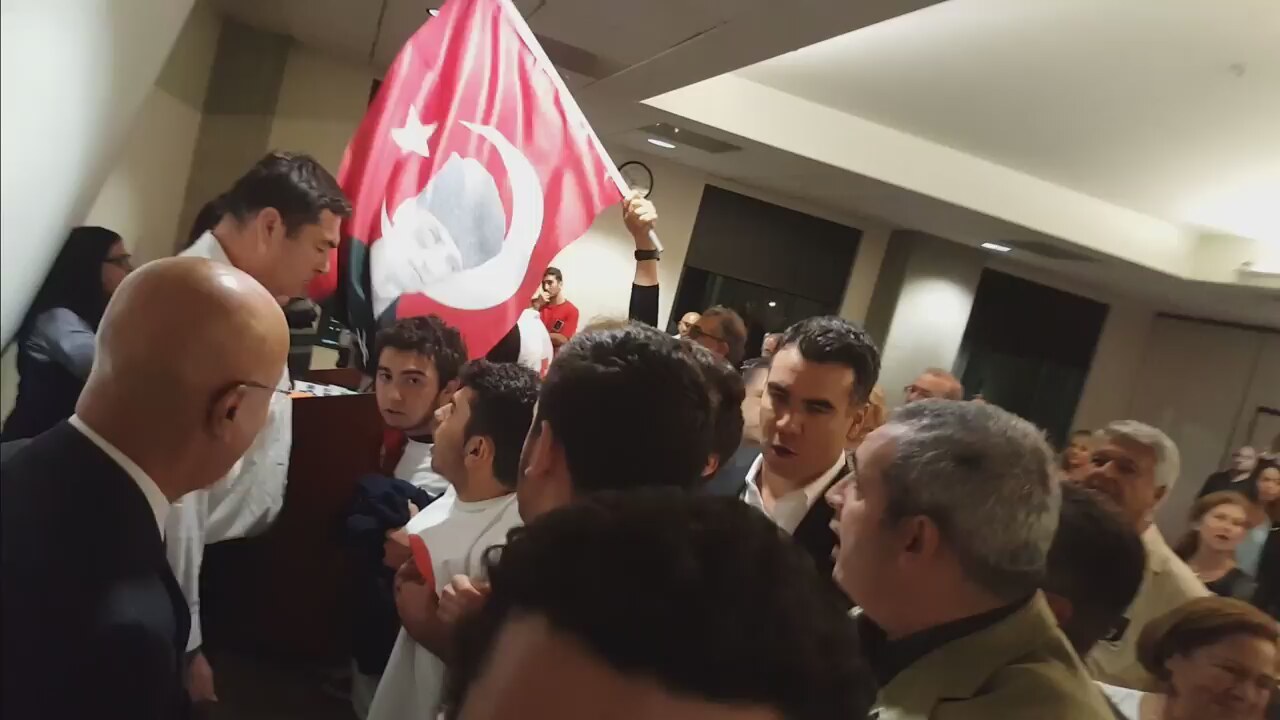
As a part of the commemorative events for the 78th anniversary of the passing away of Mustafa Kemal Atatürk, the founding father of the Republic of Turkey, the American Turkish Association of Southern California - San Diego invited Prof. George W. Gawrych for lectures at California State University Northridge (CSUN) and Chapman University on 10 November. However, these two events were disrupted and harassed by a group of Armenians, apparently connected to the Armenian Youth Federation (AYF).
What happened on 10 November can be watched in the two videos that are circulated by the AYF and the Armenian Revolutionary Federation (ARF) social media accounts. Obviously, these videos were shot and edited by the AYF for propaganda purposes. They, nevertheless, give a clear idea about 10 November events.
The unsuccessful provocation and the dirty propaganda
In the videos, it is seen that a group of young Armenians try to disrupt and prevent the conferences organized by the American Turkish Association of Southern California - San Diego by going in and shouting slogans. Before that, on 8 November, ARF’s media organ Asbarez called upon Armenians to join the protests, revealing that the raids were preplanned rather than being spontaneous acts.
On the other side, the confusion of the speakers and the audience of the conferences could be clearly seen in the videos, which indicates that neither the speakers nor the audience were expecting these raids. The Armenian group shouted slogans such as “Turkey is guilty of genocide”, “genocide denialist”, “shame on Atatürk”, “shame on Turkey” with the purpose of provoking and harassing the audience, and preventing the conferences. In Chapman University, after a moment of perplexity, the audience asked the raiders to leave the conference hall and angry words were exchanged between the two groups. Whereas in CSUN the raiders were able to prevent the conference, in Chapman University the conference was continued in another hall. In both events, the Armenian group cheerfully celebrated their “victory”.
Despite what can be seen in the videos, the AYF on its Facebook page announced “Armenian youth stood up to a violent crowd after shutting down a second planned lecture about Mustafa Kemal Ataturk at Chapman University…”. Referring to the audience as “crowd”, the AYF claimed that “the crowd punched, shoved, spit, and yelled fascist hate speech, hoping they could provoke and intimidate the protesters, who refused to leave the room.” However, AYF’s own videos refute these claims. Moreover, what the AYF’s Facebook post and the Asbarez wrote (“the lecture, scheduled specifically on the day of Ataturk’s death, was part of a series of events around Southern California in celebration of “Ataturk Week,” which AYF, ARF Shant, and All-ASA organized to disrupt”) clearly reveals who the aggressor was.
All in all, on 10 November, radical Armenians tried to provoke violence, but the prudence of the audience frustrated that plan. Nevertheless, even after such a clear and planned provocation, Armenians involved in these raids did not shy away from playing the victim and spreading their ugly propaganda that is disproved even by their own propaganda video.
Threats to the Turkish community
The AYF on its Facebook page also wrote “our presence at these events will send a clear message to the Turkish community that college and university campuses are not incubators for denialists. Treating college campuses as breeding grounds for Turkish nationalist ideology is offensive for the number of Armenian students who attend these colleges.” With these words, the AYF covertly, but quite clearly threatened the Turkish community in California in order to silence them.
ARF’s history of violence
The threats of the AYF, which was founded in 1933 as Tseghagron Youth Movement in Boston, Massachusetts as the youth branch of the ARF by Garegin Nzhdeh, a Nazi collaborator who died in a Soviet prison and the founding father of the tseghagron (race-worshiping) ideology, need to be taken seriously. Briefly reviewing ARF’s history shall disclose why.
ARF is an organization that was founded in 1890 to “liberate the Ottoman Armenia”. ARF had been the major Armenian actor in the catastrophic events in late 19th - early 20th century in Eastern Anatolia. It was also the main actor of the bloody events in the South Caucasus in 1905 and 1918. Between 1918 and 1920, ARF ruled the short-lived Republic of Armenia. During this period, ARF carried out ethnic cleansing against the Azerbaijanis in the Zangezur region in the south of Armenia. Between 1920 and 1922, ARF orchestrated the assassination campaign that is known as the Operation Nemesis against Turks, Azerbaijanis, and Armenians. This killing campaign left a total of ten people dead, including several former high ranking Ottoman officials. On 24 December 1933, in the Church of the Holy Cross in New York, Armenian Archbishop Leon Tourian was stabbed to death by ARF connected assassins, because of the intra-communal conflicts. Between 1975 and 1985, ARF’s underground organization Justice Commandos for the Armenian Genocide-Armenian Revolutionary Army (JCAG-ARA) lunched a terror campaign parallel to the better known terrorist organization ASALA. In total, JCAG-ARA lunched thirty attacks to Turkish targets and killed twice as many people as ASALA did. In early 1990’s in Armenia, ARF was banned due to the charges of organizing an underground paramilitary organization called “Dro” responsible of assassinations, drug trafficking and activities to destabilize the country. In 1999, five former ARF members raided the parliament and murdered nine people including the Prime Minister Vazgen Sarkisyan and wounded half a dozen people.
All these are solid evidences that terrorism and violence have a prominent place in the repertoire of the ARF.
Violation of freedom of expression on campus
Besides the threats against the Turkish community, the 10 November events show that radical Armenians are a threat against the right of freedom of expression and academic freedoms. These people claim a right to decide who can speak about which topic in what way, not by bringing forward arguments but through provocations and threats. Against such a violation, not only the Turkish community, but all Americans, first and foremost the academics, are expected to take a stance.
In fact, the recent raids of the AYF is not the sole example. Rather, it is the continuation of a decades-long policy that has recently been geared up. Particularly in Europe, in countries such as France and Switzerland, Armenian lobbies are trying hard to help the passing laws that criminalize the expression of views that differ from their own, the latest example of which is the case of Doğu Perinçek. It shall be recalled, however, that the European Court of Human Rights have invalidated such attempts in 2015. Yet, this has not stopped Armenian lobbies from pursuing the same goal.
At the expense of repeating a well-known common principle, it should be underlined that freedom of expression is a universal right. The only limit to that freedom is hindrance of other’s freedoms and preaching violence. Within those limits, all views, even if they are shocking or disturbing, should be allowed to be expressed publically and freely. Besides that, universities are the principal settings in which all sorts of ideas and views are supposed to be discussed. For that, violation of the freedom of expression is even a bigger threat when it takes place on a university campus. The provocation carried out by the aforementioned Armenian group should be evaluated within this universalistic framework; this group’s aggression did in fact not only target Turks, it also targeted universal principles and rights.
Violence on campus
In relation to this point, one should remember that even the most respected academics could have been the targets of radical Armenians, not just by verbal insults, but also with bombs. On 3 October 1997, one of the most prominent historians of Ottoman-Turkish history Stanford Shaw’s house in California was bombed, allegedly by Armenian terrorists for his refutation of the Armenian narrative on 1915 events.
Hatred towards Turks and Turkey
The conferences were events that were organized within the commemorative events in the name of Mustafa Kemal Atatürk. The speaker of the conferences was Prof. George W. Gawrych, a distinguished professor of Middle Eastern History at Baylor University and currently a visiting scholar at West Point Academy. His book, The Young Atatürk: From Ottoman Soldier to Statesman of Turkey (2013) is the winner of 2014 Distinguished Book Award from The Society of Military History. As the title of his prize-winning book suggests, in his research Prof. Gawrych focuses on the young Mustafa Kemal as a cadet in order to trace his widely acknowledged talents in military strategy and tactics. As such, this book provides the reader with a portrait of Mustafa Kemal as a soldier, rather than a statesman. Prof. Gawrych does not get much into policies initiated and run by Mustafa Kemal. Likewise, he is not involved in the discussions about the events of 1915.
Then the questions arise as to why this group was so much disturbed by these conferences and why there was a campaign to disrupt and harass them. In fact, the answers to these questions reveal one of the main dynamics that lay beneath the ongoing Turkish-Armenian controversy.
It is a fact that many Armenians are being brought up to regard Turks as the absolute evil and disregard Turkey as a legitimate entity. As a result of the ceaseless efforts of the cultural, social, and political elite of the Armenians around the world, younger Armenian generations socialize in such a cultural environment that they have come to associate Turks and Turkey with such denigration. At this point we need to be straight. The dominant thinking among Armenians, not just in diaspora but also in Armenia, is conditioned by a deep sense of animosity to anything associated with Turkey and the Turks. This sad reality is manifested almost everyday. Young Armenians in diaspora and Armenia are socialized in an environment that constantly teaches them to hate the Turks.
The raids of the Armenian group at CSUN and Chapman University is to be understood within this framework. Today, for many Armenians, Turks and Turkey are objects of hate. For this reason, for the group that raided the conferences, the content of the conference was not relevant at all. For them, the fact that the conference was about Turkey and Turks was enough to get infuriated and to resort to harassment.
Attempts to charge Turkey with genocide
Even though the conferences were not about 1915 events, the Armenian group shouted slogans “Turkey is guilty of genocide”, “genocide denialist”, “shame on Atatürk”, “shame on Turkey.”
The historiography on 1915 has never been an objective one. It has always been propagandist and directed towards telling a black and white story that places all guilt on Turkey and Turks. Recently, there are attempts to re-write history in a way to associate the 1915 events with the Republic of Turkey that was established in 1923. In fact, reviewing the Armenian-sponsored literature, a clear pattern can be seen. To state briefly, whereas the earlier writings pointed out the years 1915-1916 (which is when the relocation took place) as the years of “genocide”, in time, this period was extended to 1923. The dates were elongated backwards as well to cover more than a 30-year period from 1890’s to 1923. Parallel to that, the number of the deceased Armenians was multiplied from about 600,000-800,000 to 1.5 million.
By this way, Armenian-sponsored quasi-historians seek to charge Turkey with the crime of genocide. Interestingly, this literature hardly mentions the more than 516,000 Muslims that were exterminated by Russian troops and Armenian gangs between 1914 and 1922 in Eastern Anatolia. This is an apparent plot and the same plot can also be seen in the events that took place on 10 November. By accusing the founding figure of Turkey with the crime of genocide, Armenians seek to accuse Turkey with genocide. In fact, these and similar events are perception operations purposefully orchestrated by radical Armenians to further their propaganda.
The term genocide as the handy tool to bully Turks and Turkey
The raids of the radical Armenians and their slogans once again reveal that the term genocide is a handy tool to bully Turks and Turkey. Put differently, the genocide charge is a useful political tool that is used to debase Turkey and silence Turks. Today, playing the victim provides leverage to be used for political and other purposes, and being well aware of this, Armenians play the victim to achieve different sorts of benefits. Besides that, not only Armenians but some third countries too use the genocide card as a tool to blackmail or to punish Turkey.
What kind of reconciliation?
For the last ten or so years, numerous social projects, conferences, visits and so on were organized with the funding of Western countries to promote reconciliation between Turks and Armenians. The events of 10 November verify the failure of the ill-formulated reconciliation efforts that are financed and coordinated by some Western countries, the EU, and the USA.
These so-called reconciliation efforts have long been turned into an organized Armenian propaganda campaign and a corrupt business. Armenians and certain business-minded Turks, who try to get their share from the Western funds, irresponsibly and ignorantly carry out a disinformation campaign against Turkey by using and abusing a plain, lame, and dishonest humanistic discourse. Strikingly, the ARF branches in Europe are also involved in those activities.
In fact, what can be clearly seen is that the lackey conduct of the corrupt and dishonest Turkish participants of the so-called reconciliation projects leads Armenians to believe that Turks are sooner or later going to surrender to the Armenian narrative and that they can bully Turks without consequences. Armenians need to wake up from this dream as soon as possible, if they do not want to once again face disillusionment.
The need to reset and restart
Radical Armenians have to understand that Turkish people will not yield to insults such as the raids on 10 November. It has to be well comprehended by Armenians and the Western donors of the so-called Turkish-Armenian reconciliation that symbolic or physical assaults to Turkish people will only result in the further divergence between Turks and Armenians.
Armenians need to overcome their hatred, and Turks and Armenians are obliged to find ways to attain friendly relations. This can only be done through self-criticism, honesty, and mutual respect.
© 2009-2025 Center for Eurasian Studies (AVİM) All Rights Reserved
No comments yet.
-
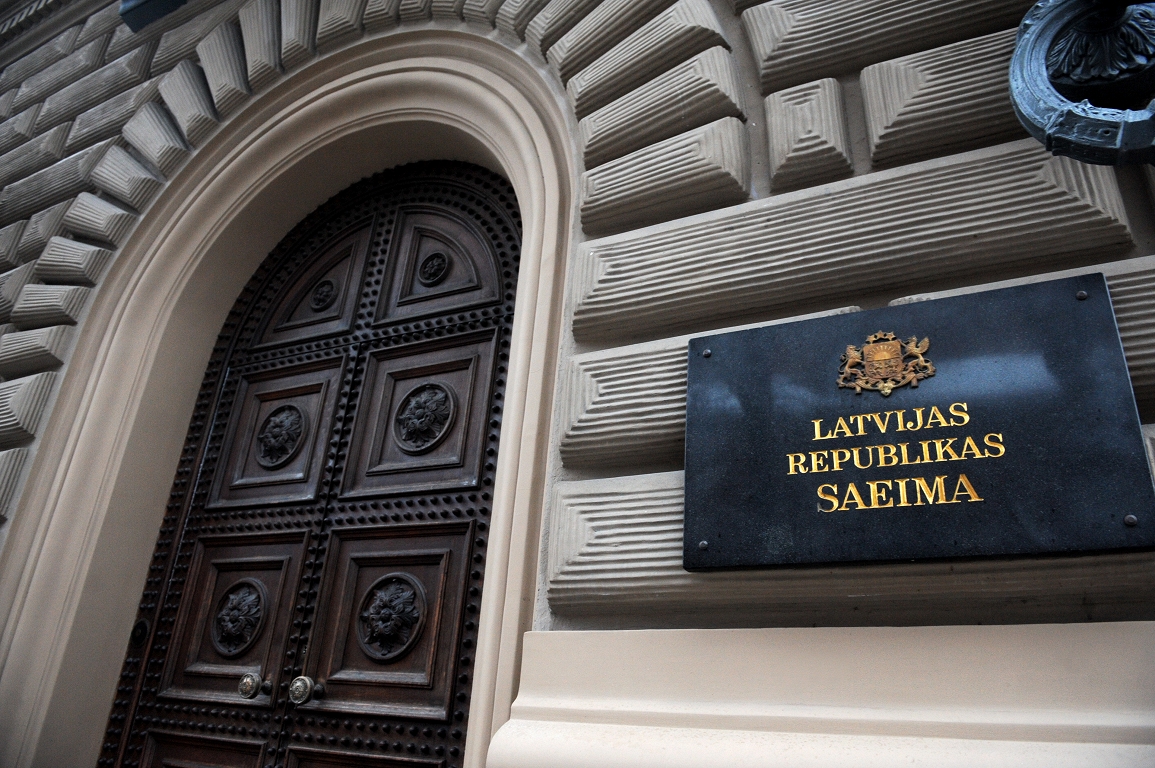 THE NEW KID ON THE BLOCK: LATVIAN PARLIAMENT’S RECOGNITION OF THE ‘ARMENIAN GENOCIDE’
THE NEW KID ON THE BLOCK: LATVIAN PARLIAMENT’S RECOGNITION OF THE ‘ARMENIAN GENOCIDE’
Turgut Kerem TUNCEL 18.05.2021 -
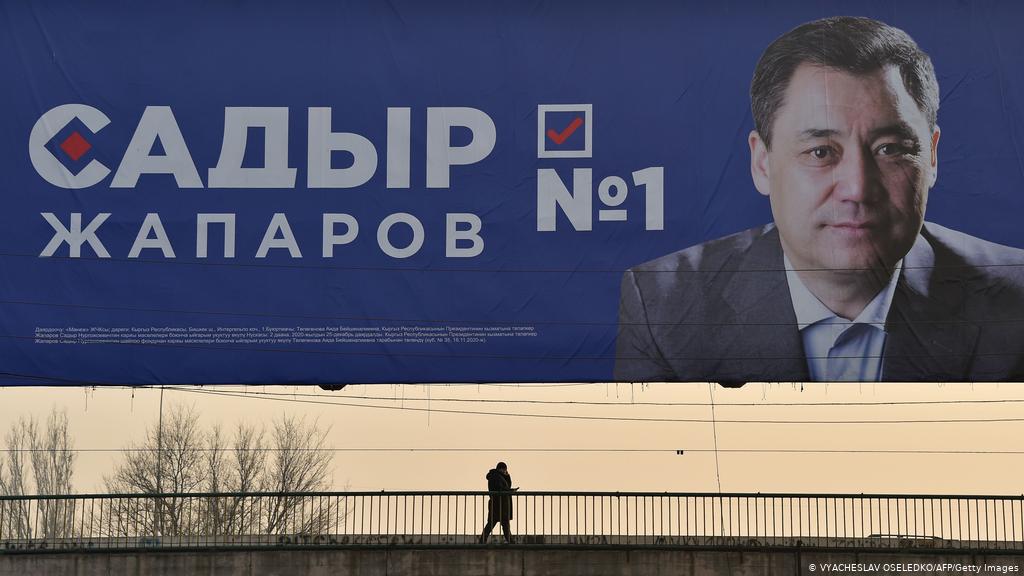 KYRGYZSTAN AFTER 10 JANUARY 2021 PRESIDENTIAL ELECTIONS AND CONSTITUTIONAL REFERENDUM
KYRGYZSTAN AFTER 10 JANUARY 2021 PRESIDENTIAL ELECTIONS AND CONSTITUTIONAL REFERENDUM
Turgut Kerem TUNCEL 21.01.2021 -
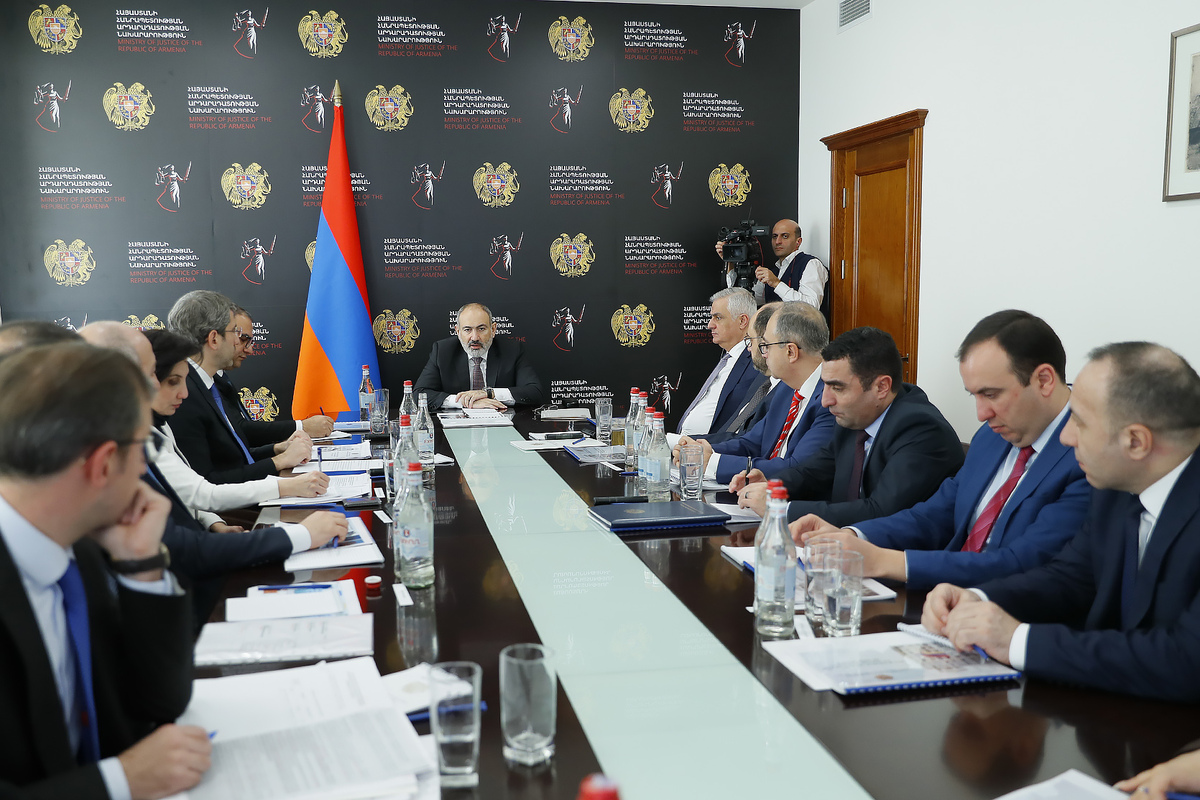 PASHINYAN’S QUEST FOR A NEW CONSTITUTION
PASHINYAN’S QUEST FOR A NEW CONSTITUTION
Turgut Kerem TUNCEL 02.02.2024 -
 THE UKRAINE-RUSSIA WAR AND THE BLACK SEA SECURITY
THE UKRAINE-RUSSIA WAR AND THE BLACK SEA SECURITY
Turgut Kerem TUNCEL 30.05.2023 -
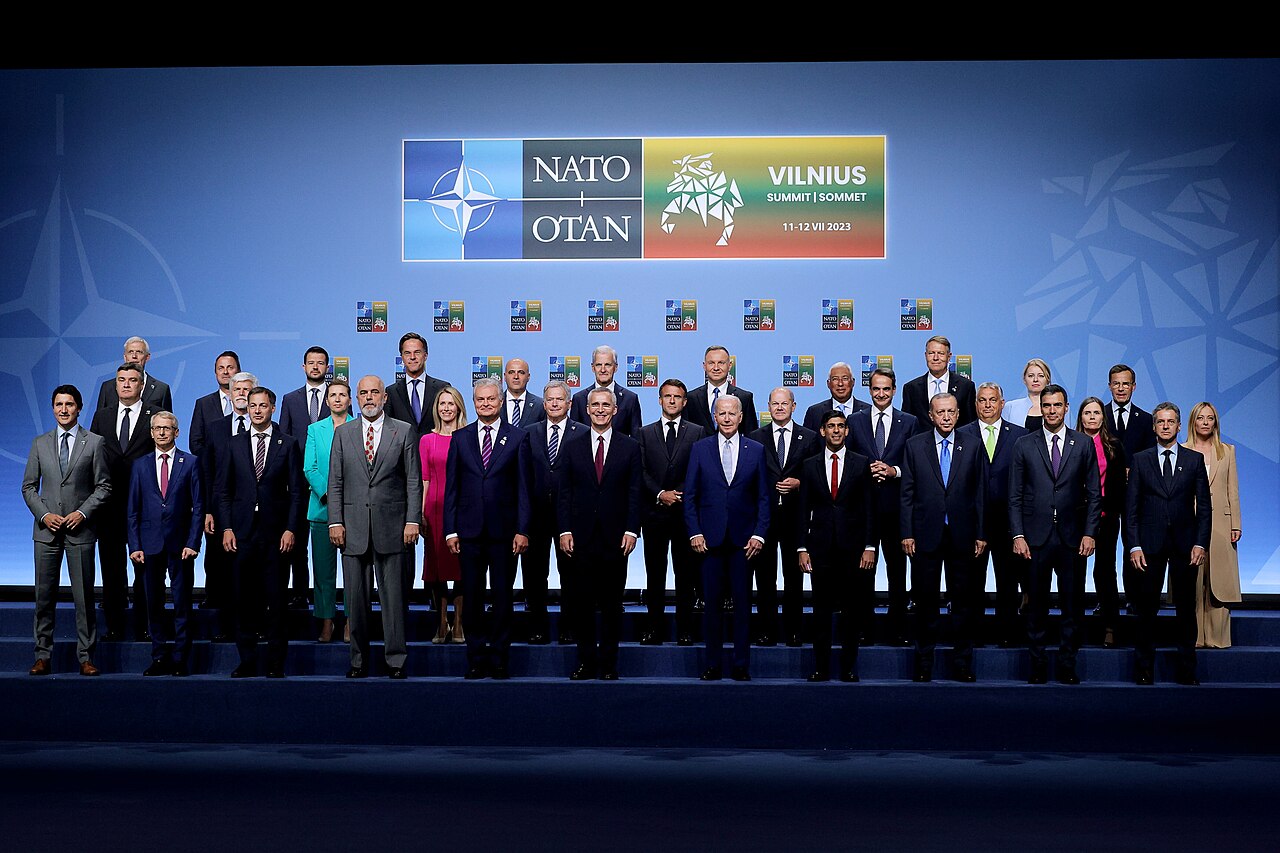 THE 2023 NATO SUMMIT AND THE BLACK SEA SECURITY
THE 2023 NATO SUMMIT AND THE BLACK SEA SECURITY
Turgut Kerem TUNCEL 20.07.2023
-
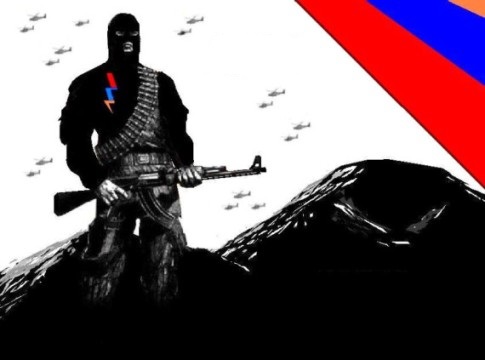 THE ARMENIAN DIASPORA AND THE VENERATION OF TERRORISTS
THE ARMENIAN DIASPORA AND THE VENERATION OF TERRORISTS
Mehmet Oğuzhan TULUN 23.01.2020 -
 CHINA’S RISING PROFILE IN THE PACIFIC
CHINA’S RISING PROFILE IN THE PACIFIC
Ali Murat TAŞKENT 26.01.2017 -
 BEDROS ŞİRİNOĞLU IS ON THE TARGET
BEDROS ŞİRİNOĞLU IS ON THE TARGET
AVİM 28.09.2018 -
 OBSTACLES TO PEACE BETWEEN AZERBAIJAN AND ARMENIA
OBSTACLES TO PEACE BETWEEN AZERBAIJAN AND ARMENIA
Tuğçe TECİMER 26.07.2024 -
 16TH SUMMIT OF BRICS LEADERS
16TH SUMMIT OF BRICS LEADERS
Gülperi GÜNGÖR 19.11.2024
-
25.01.2016
THE ARMENIAN QUESTION - BASIC KNOWLEDGE AND DOCUMENTATION -
12.06.2024
THE TRUTH WILL OUT -
27.03.2023
RADİKAL ERMENİ UNSURLARCA GERÇEKLEŞTİRİLEN MEZALİMLER VE VANDALİZM -
17.03.2023
PATRIOTISM PERVERTED -
23.02.2023
MEN ARE LIKE THAT -
03.02.2023
BAKÜ-TİFLİS-CEYHAN BORU HATTININ YAŞANAN TARİHİ -
16.12.2022
INTERNATIONAL SCHOLARS ON THE EVENTS OF 1915 -
07.12.2022
FAKE PHOTOS AND THE ARMENIAN PROPAGANDA -
07.12.2022
ERMENİ PROPAGANDASI VE SAHTE RESİMLER -
01.01.2022
A Letter From Japan - Strategically Mum: The Silence of the Armenians -
01.01.2022
Japonya'dan Bir Mektup - Stratejik Suskunluk: Ermenilerin Sessizliği -
03.06.2020
Anastas Mikoyan: Confessions of an Armenian Bolshevik -
08.04.2020
Sovyet Sonrası Ukrayna’da Devlet, Toplum ve Siyaset - Değişen Dinamikler, Dönüşen Kimlikler -
12.06.2018
Ermeni Sorunuyla İlgili İngiliz Belgeleri (1912-1923) - British Documents on Armenian Question (1912-1923) -
02.12.2016
Turkish-Russian Academics: A Historical Study on the Caucasus -
01.07.2016
Gürcistan'daki Müslüman Topluluklar: Azınlık Hakları, Kimlik, Siyaset -
10.03.2016
Armenian Diaspora: Diaspora, State and the Imagination of the Republic of Armenia -
24.01.2016
ERMENİ SORUNU - TEMEL BİLGİ VE BELGELER (2. BASKI)
-
AVİM Conference Hall 24.01.2023
CONFERENCE TITLED “HUNGARY’S PERSPECTIVES ON THE TURKIC WORLD"









